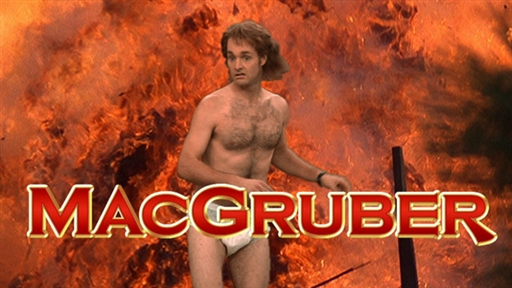
Today, we have a little detail that can really bug people. So much so that you’ll find many screenwriting books telling you not to use this spec killer.
I’m talking about the transition “CUT TO:”.
A transition that seems so useful. “CUT TO:” seems like the perfect way to let the reader know that you’re moving to the next scene right?
Well...
1) It’s Redundant
This is the reason that most screenwriting books say not to use it. And I agree.
There’s no need to say “CUT TO:” before the next scene because the reader will understand what happened when he sees the next slugline.
Although the use of this transition does create more white space, it also repeats information. Saying the same thing twice is never a good idea.
2) It's Old
If you've ever studied screenplays from the 70's and 80's, you'll notice one phrase that pops up a lot: "CUT TO:"
It's a transition that the "old timers" used before every scene almost. Each page was littered with them.
But that was then. This is now.
Like any form of entertainment, new techniques and strategies will always trump old school rules. In screenwriting, this is even more true.
This business is filled with higher ups who fear anything that isn't new. This quality rubs off on the studio reader. Just a whiff of something old can make you look bad.
And with “CUT TO:” quickly becoming a thing of the past, it’s not outrageous to say that in a few years, “CUT TO:” could be that very whiff that spikes a reader’s radar.
(Omitting “CUT TO:” is especially recommend for anyone who actually has been writing since the 70’s and 80’s. No matter how much it is denied, Ageism is a problem in Hollywood. To get around this problem, do your best to make your screenplay look as “new school” as possible.)
3) It’s Annoying
When I first started wring and studying screenplays, William Goldman’s “Misery” was one of the first screenplays I wanted to read. But when I cracked the script open and started reading, I had to stop before page 20. You know why?
Because each and every page had “CUT TO:” plastered on it at least six times!
It was annoying!
Now don’t get me wrong, I’m not saying William Goldman is a bad writer for using so many CUT TO’S. That’s not what I’m saying at all. He wrote in a different time; a time where that was the norm. But when you read something like that now, it’s very, very annoying.
And who knows, maybe I was just having a bad day. And that’s my point here. I stopped reading a script (of one of the best movies ever made) because I got annoyed. Well what if I was the studio reader for “Misery”? I would have past on one of the best movies ever made because I had a bad day and got annoyed.
More importantly, what if this happened to you?
Think about it. You have no control over your reader having a bad day. And when a reader has a bad day, the littlest things can set them off.
What if that one page in your screenplay that has “CUT TO:” three times on it, is the reason why your reader throws your script away?
It may not happen often, but do you want to take that chance?
Like every screenwriting rule, there is an exception. And with this one, it’s comedy writing. Using “CUT TO:” can be very effective when writing comedy. Example:
“WOMAN
I think you’re disgusting!
MAN
You’re no beauty yourself!
WOMAN
Oh yeah? I hope I never see
you ever again!
CUT TO:
INT. BEDROOM - NIGHT
Man and Woman rip the clothes off each other.”
The “CUT TO:” works here because of the irony. And irony can work very well in comedy (this scene however is a cliche and should be avoided at all costs).
--
Most screenwriters worry about what the executive, agent, actor or director is going to think about their screenplay. Although it may be true that those people may not care about how often you use “CUT TO:”, those are not the people you should be thinking about.
Very few writers think about the real problem.
The studio reader.
Because before you get your script read by someone who can pay you, your script will be read by a studio reader. A person who may just have a chip on their shoulder. And seeing a transition as pointlessly redundant as “CUT TO:” may just be the feather that breaks the reader’s back.
Little details always count.
If you want to be safe, cut the “CUT TO:”.
P.S. Don’t even think about using the phrase “SMASH CUT TO:”. There’s no transition more annoying then cutting “fast”.









